|
We live in such a one-and-done disposable culture that even living plants have become disposable items. But, did you know that with proper care blooming plants will not only bloom again, but they will also bloom even more profusely as they age? By now, many people who purchased amaryllis bulbs and plants for the holiday season may find the flowers at the end of their bloom cycle. Here are some easy tips to help nurture them until next year so you can enjoy their flower show again!
Caring for plants that have completed their bloom cycle is another way to connect with our natural world. With a little patience, orchids, amaryllis, African violets, and many other plants can become part of the family. Here are some examples of my amaryllis bulb collection, some of which I have had for many years. Do you have a blooming plant that you would like to share? Post a picture on social media and tag @TheNatureNurse so I can share it. Have questions or comments? Please post those in the comment section below. Want to learn more about how you can enhance your relationship with our natural surroundings to optimize your whole being and become a more sustainable citizen? Sign up our seasonal newsletter on the homepage: www.TheNatureNurse.com.
0 Comments
Update July 30, 2021: In light of the CDC announcement today that the Delta Variant of the Covid-19 virus is highly transmissible, we continue to encourage you to get vaccinated if you are eligible, wear a mask indoors and outdoors if you are going to be close to other people not in your household. Please follow your local health recommendations. Covid-19 is spread through the air--think cigarette smoke. If you are standing close enough to someone that you could smell cigarette smoke if they were smoking, you need to have a mask on, and so do they. Stay Safe. Have you ever given a child a gift, only to find that they find more delight in playing with the box that the present came in? Many times it's simplicity that brings us joy. Whether it is a large cardboard box that ignites creative possibilities, or a sunflower field filled with thousands of sunflowers blooming together, simplicity has the power to turn down the volume in our brains and allows us to focus, relax, and connect. Across the United States this summer, sunflower fields are attracting people of all ethnicities, ages, genders, and socioeconomic status, to delight in the awesomeness of our natural world. Take a look: When humans have the opportunity to delight in the wonder of nature together, the differences between us seem to disappear. There is also an opportunity to educate about our environment. Take a look at these signs that were dotted along the sunflower field: Creating an environment that helps us all feel as one can be as simple as planting a seed, or maybe a few thousand. Perhaps you want to Google "sunflower fields near me" and experience this phenomenon for yourself. Let us know how it goes. Credit: Thank you Dorothea Dix Park in Raleigh for planting this awesome sunflower field. As of this posting, you may still catch the tail end of the blooming, Visit DixPark.org for details.
Want to learn more about how to experience the Joy Of Nature? Enroll in our online workshop: Joy Of Nature Online Workshop Despite being a lifelong gardener, there is always a seed of doubt in my mind that says, "that tiny seed you are planting in the soil will never grow." Maybe that notion is reinforced, because sometimes it’s true. But then there are sunflowers, which rarely disappoint as they break through the soil within days, and shoot up to the sky like Jack's beanstalk did. That instant gratification is so rewarding and excites me to continually go outside and see what has happened next in the seed's journey. The wobbly sprout adds leaves and within days, that stem turns into a sturdy stalk. Seemingly overnight, a head appears at the top, its face covered by scrunched up green petals. The lone flower holds its head high and tilts toward the sun, just as I do when I step outside on the first warm day of spring. The magical part comes when I return home later in the day to find the sunflower has rotated its head to now face the west, as if to watch the sunset. By morning, it has turned again to greet the rising sun. Intrigued as to how and why it does that day after day, I looked to science to find an answer. According to researchers, young sunflower plants sun-tracking behavior (also called heliotropism) is due to their circadian rhythms-the behavioral changed tied to an internal clock that humans also have, which follow a roughly 24 hour cycle. Each of us has a circadian rhythm- a natural cycle of physical, mental, and behavior changes that our bodies go through over a 24-hour period. These rhythms are affected by light and darkness, and are controlled by our brains. They can affect how we sleep, our body temperature, hormones, appetite and many other functions. Could it be that modern day living has disrupted our natural circadian rhythm that once was in sync with nature? Does forcing ourselves to wake to the jolt of an alarm or exposing ourselves to light from screens long after the sun has set throw our body so out of whack that we are jeopardizing our health and well-being? Studies have indeed demonstrated this. The sunflowers story doesn't end with its dance with the sun. Soon their green petals unfurl, and then they extend their bright yellow petals like rays of the sun. Pollinators of all types indulge on the smorgasbord of pollen and nectar in the center. Within days, yet another transformation occurs-the uncovering of tightly knit seeds as the flower petals begin to wilt and fade; seeds that we may munch on, birds will dine on or maybe they will be the next generation of sunflowers for us all to enjoy. Reflecting on this dynamic show, which occurs over just a few weeks, causes me to pause and appreciate that what we need to bloom can be found in nature. Want to learn more about nature and it's role in our health and well-being? Sign up for our free periodic e-newsletter, subscribe to our blog, socialize with us on social media @TheNatureNurse, and check out all the awesome resources on our webpage: www.TheNatureNurse.com .
|
Ready to sleep better, feel lighter, and feel more joy?
Download my latest ebook now: Archives
February 2024
Categories
All
Follow me:
|
|
© COPYRIGHT 2015-2023. ALL RIGHTS RESERVED.
|
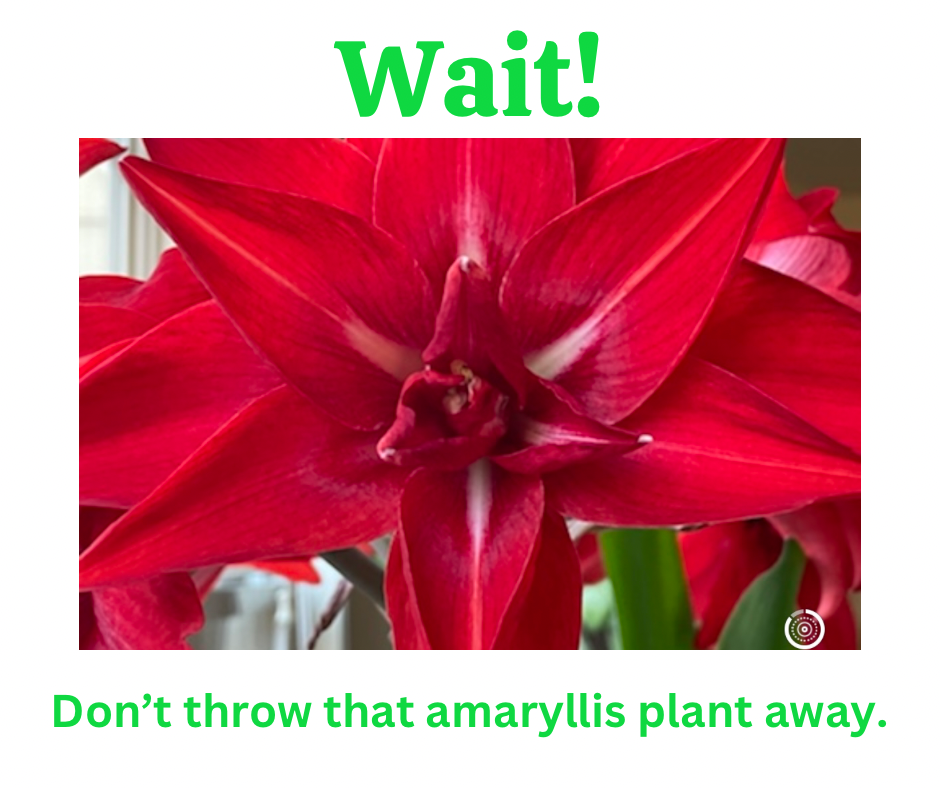
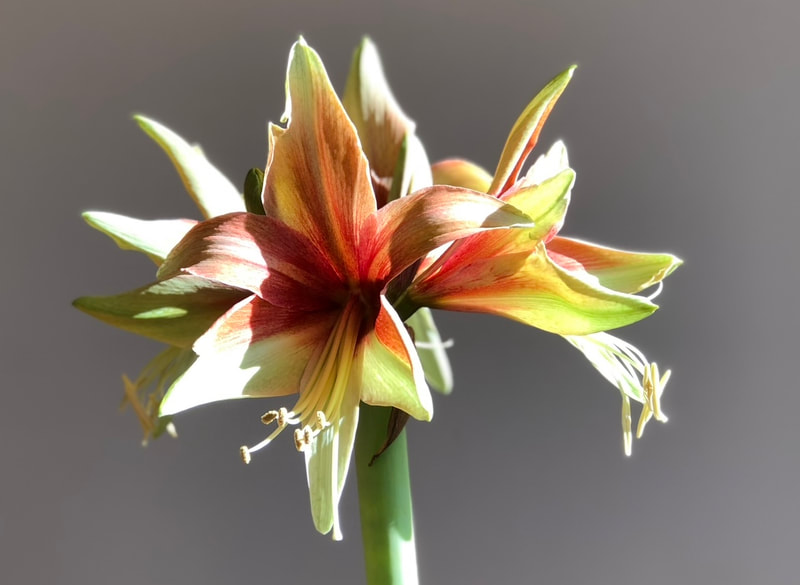
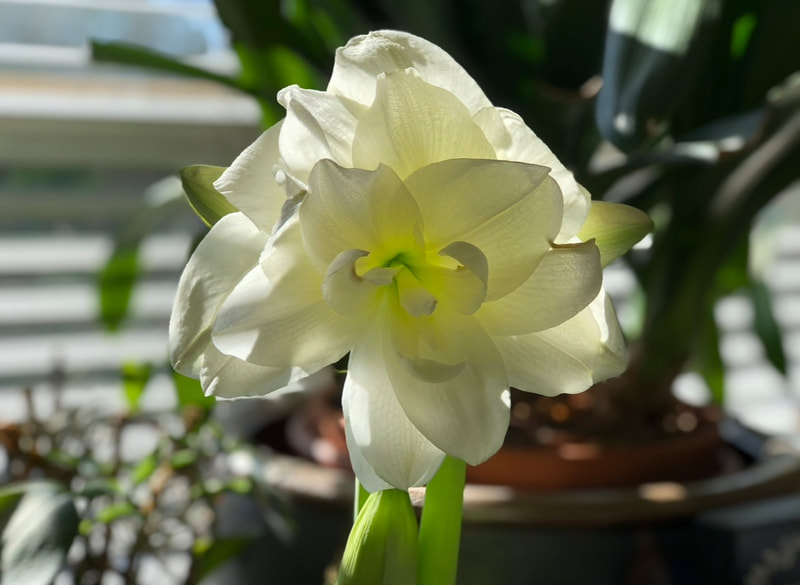
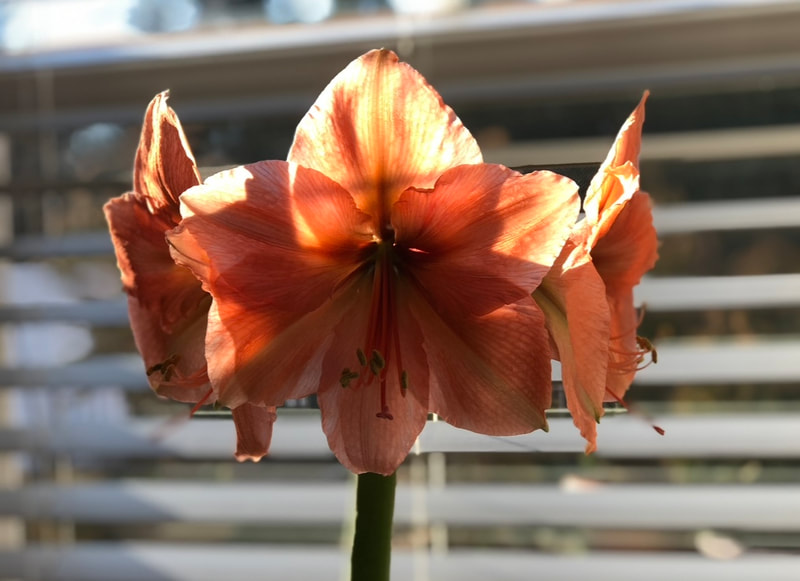
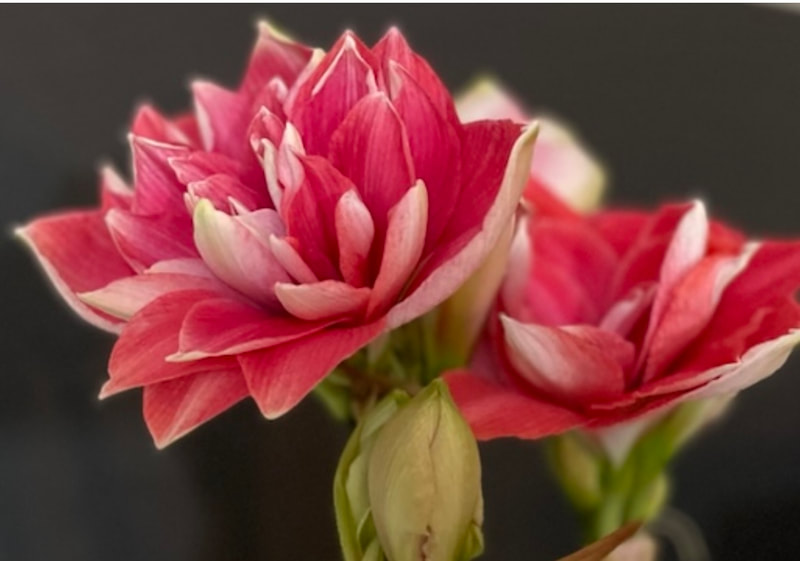
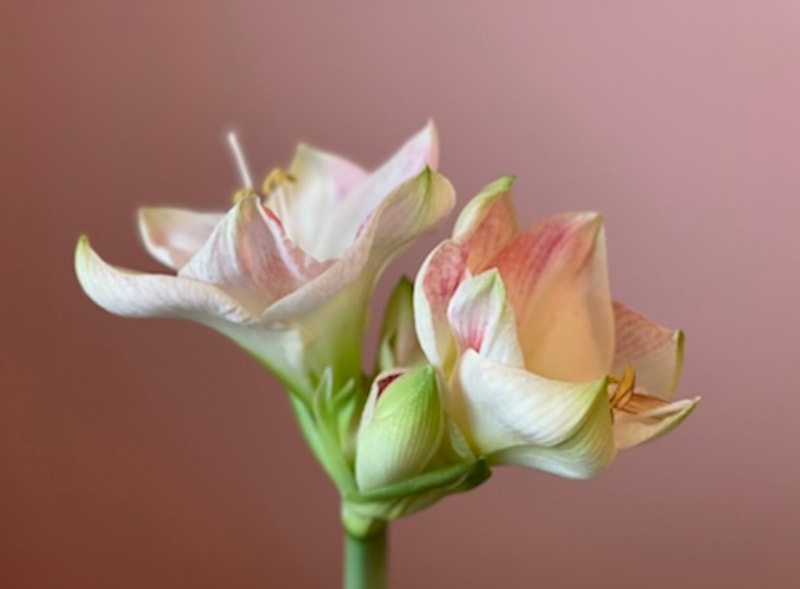
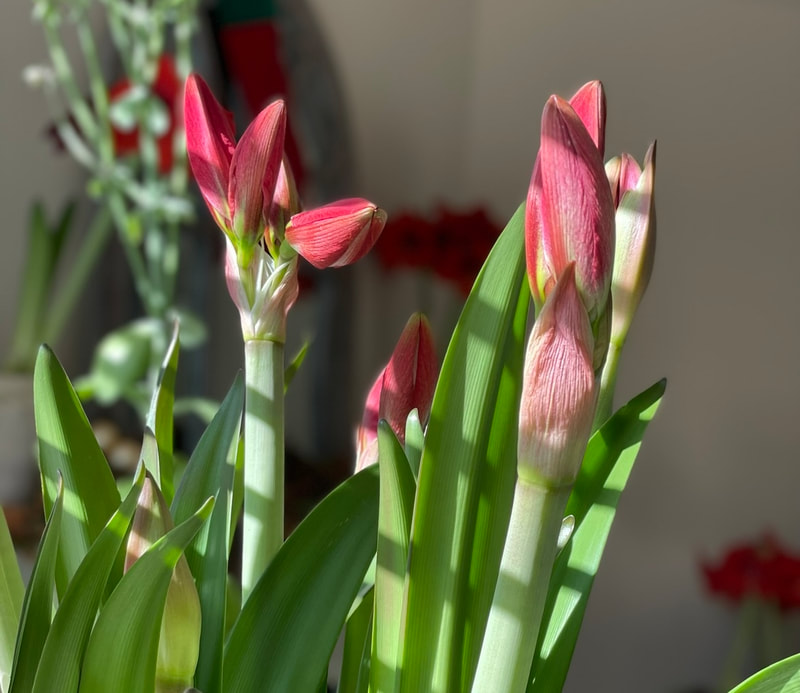
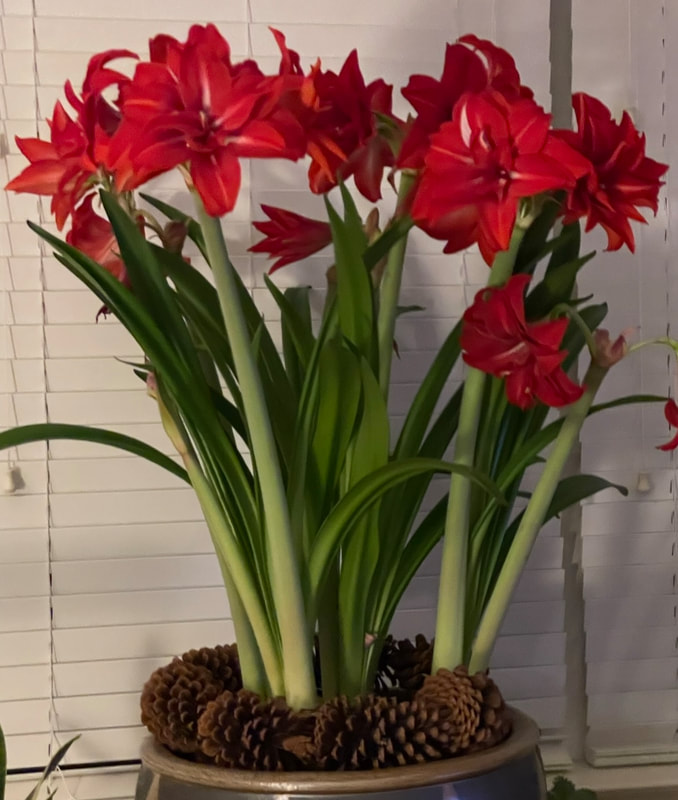
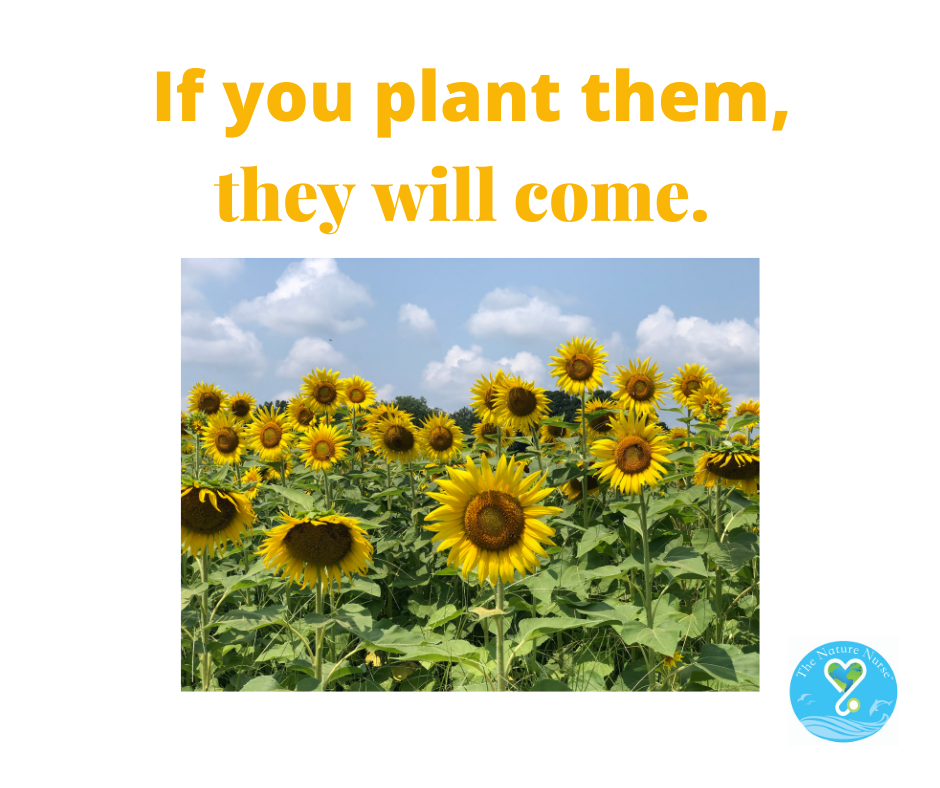
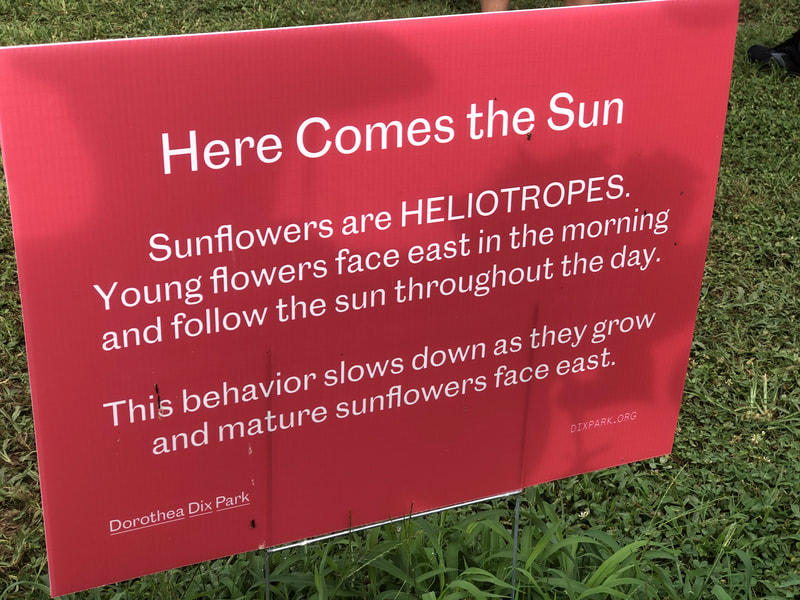

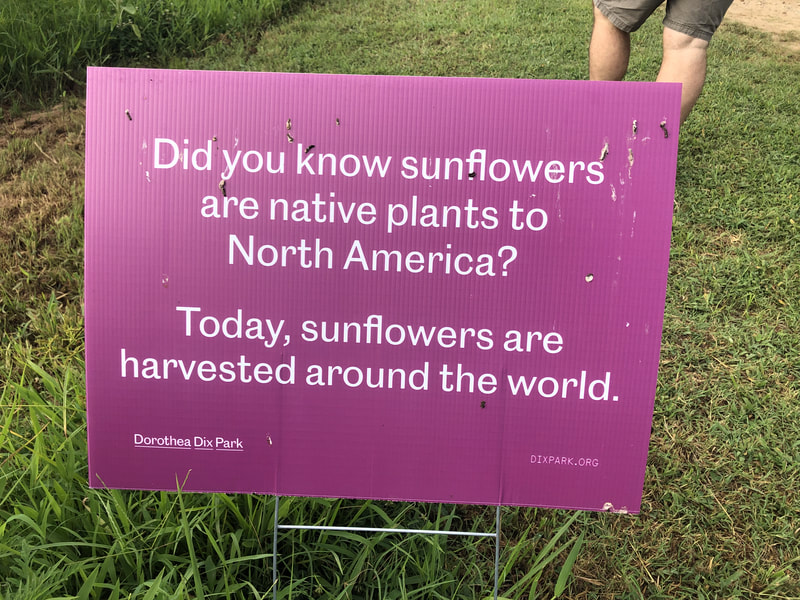

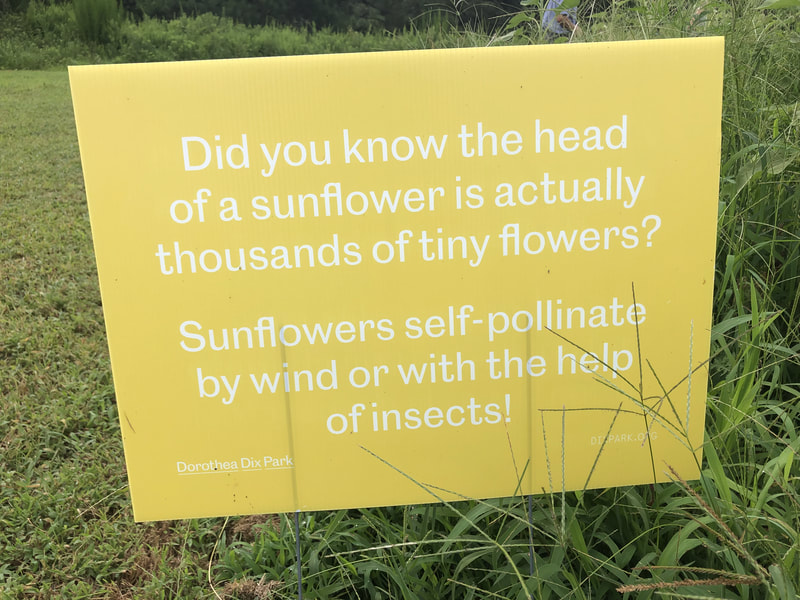
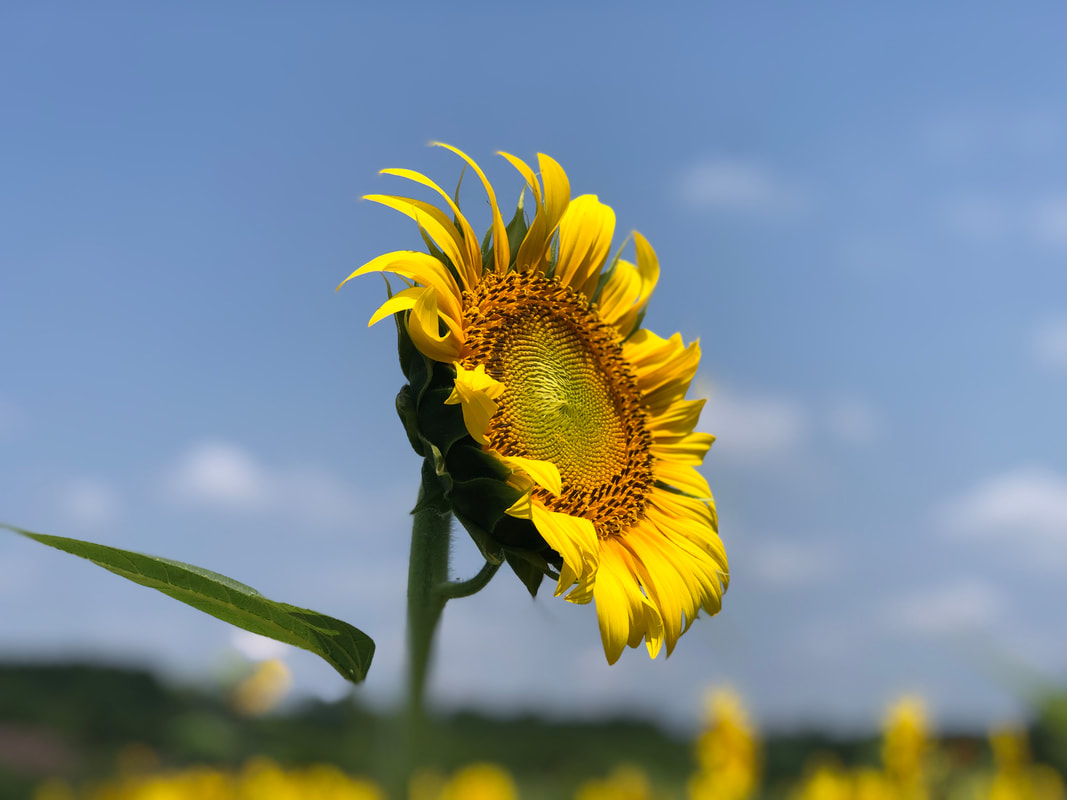
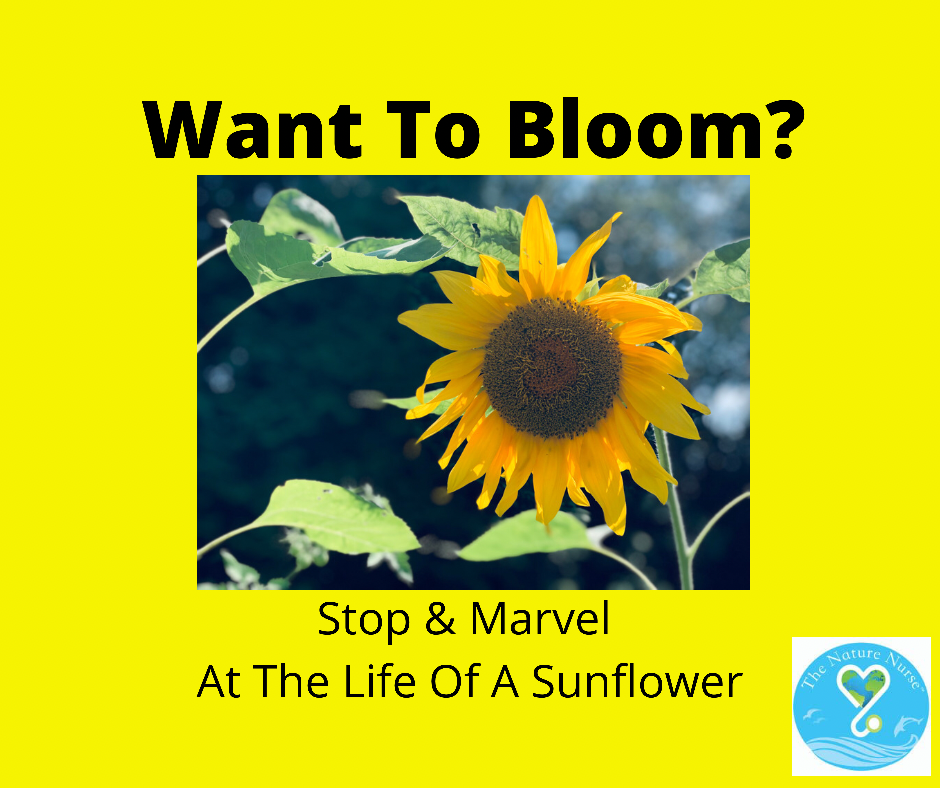
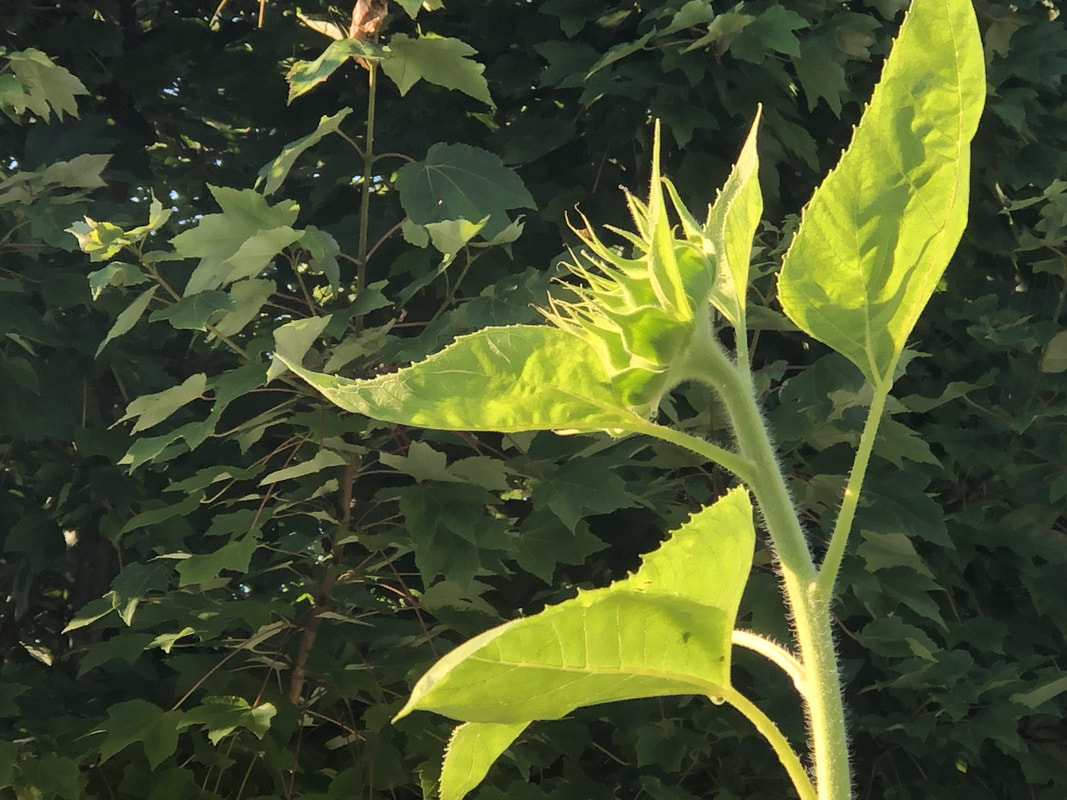
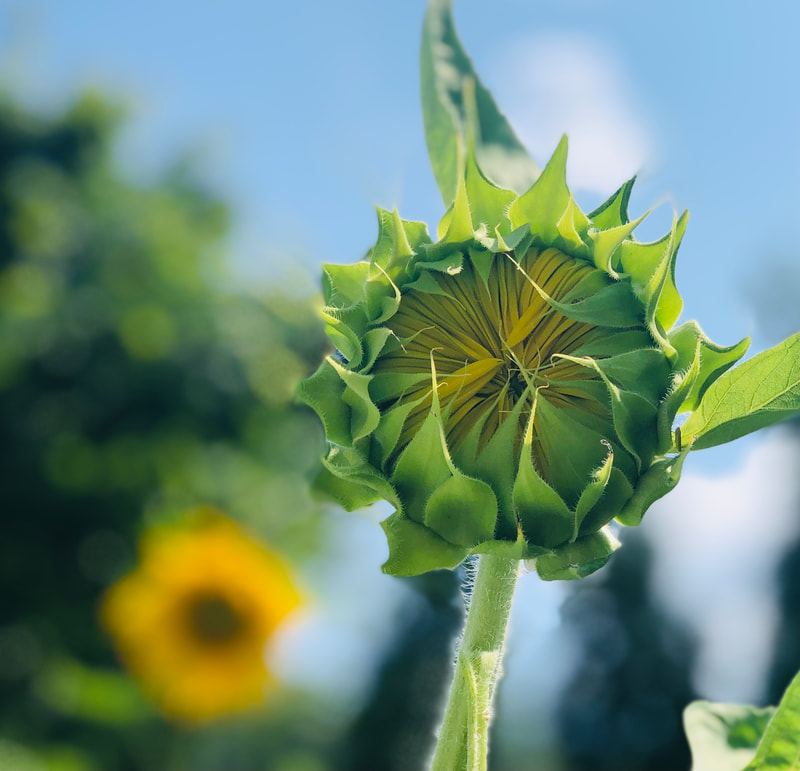
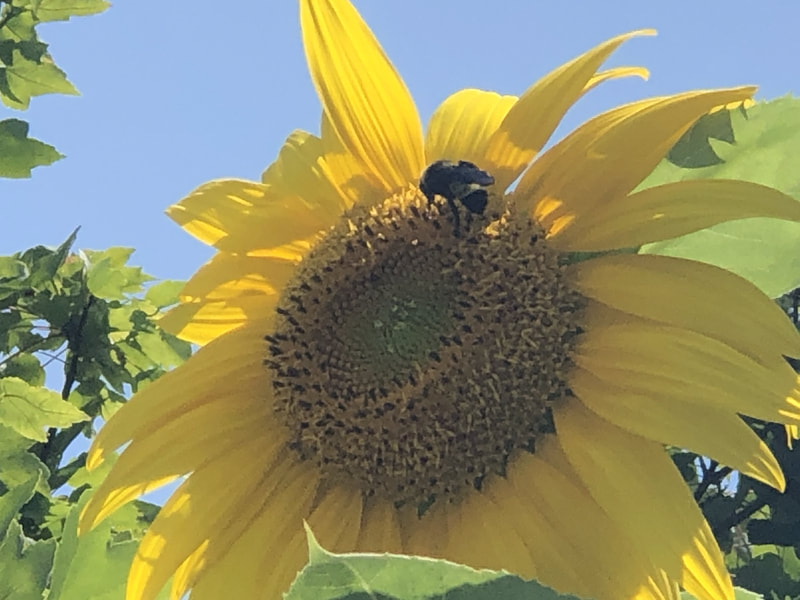


 RSS Feed
RSS Feed